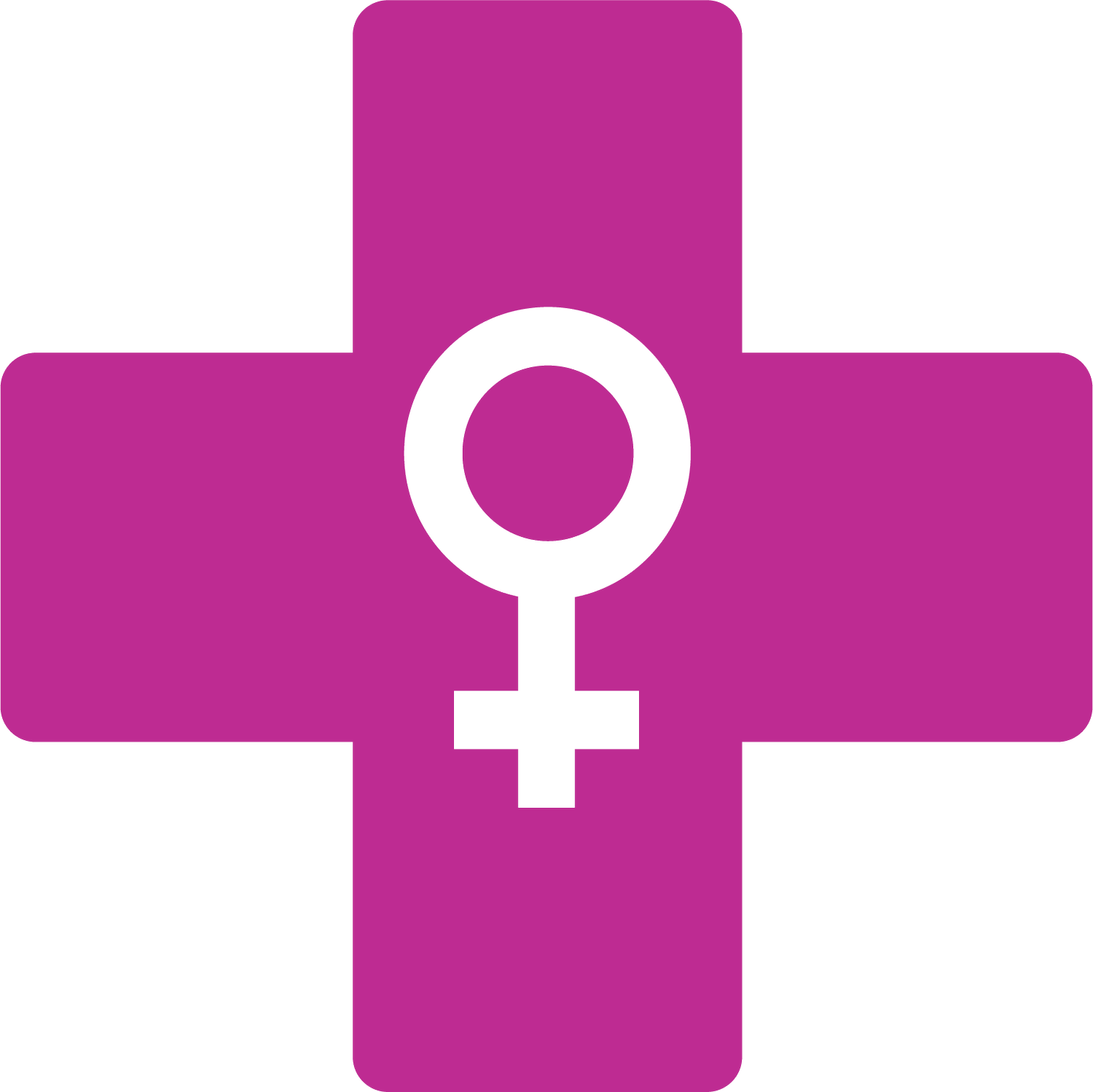Osteoporosis
Let’s talk about bone health. Osteoporosis is a common problem that causes bones to be thinner and weaker than they should be and increases the risk of fractures (broken bones). Although both men and women can develop osteoporosis, we are going to focus on bone health in women, especially women who are past menopause. This group is at a particularly high risk of weak bones and fractures, especially at the hip and spine.
Women reach peak bone mass in their 30s and it generally remains stable until menopause, after which estrogen levels fall and bone loss begins. Left unchecked, this bone loss will continue steadily, so older age and time since menopause both increase the risk of having osteoporosis. This is a silent process, however, with fracture often being the first sign. Therefore, screening is an important tool, which we will discuss below.
Reducing your risk of developing osteoporosis lies primarily in three areas: diet, exercise, and avoiding smoking. A balanced diet with enough calcium and vitamin D is important for bone health. Before menopause, it is recommended to get 1000 mg of calcium daily and after menopause, the recommendation increases to 1200 mg per day, but should not exceed 2000 mg. Good sources of calcium include dairy products (aim for low-fat or nonfat varieties) and leafy green vegetables. Nondairy alternatives, such as almond milk, are often excellent sources of calcium, as well.
The recommended daily intake of vitamin D for women past menopause is 800 international units (20 micrograms). Although the recommendation for younger women is not clearly established, the suggestion is generally 600 international units (15 micrograms). Milk, yogurt, salmon, and orange juice enriched with vitamin D are primary dietary sources. Many people do not get enough vitamin D from diet alone, however, and supplements are often recommended.
Exercise is important throughout our lives. When it comes to the bones, exercise improves bone mass in premenopausal women and helps maintain it after menopause. It also strengthens muscles and improves balance, which helps to decrease falls that can lead to fractures. At least 30 minutes of exercise three times a week can make a big difference and the best type of exercise is one that you enjoy, so grab a friend or partner and go for a walk, do some resistance training, or play tennis. They all count! Mix it up and keep it fun. You are more likely to continue exercising long-term if you are enjoying it.
Avoiding or quitting smoking is important for bone health because smoking has been shown to increase the speed of bone loss and increase the risk of fracture. Talk to your provider. There is a lot of support available and it is doable!
Osteoporosis does not cause symptoms, so screening is important. The most common screening test is the DXA scan, which is a special kind of x-ray taken at the hip, spine, and forearm. Guidelines recommend DXA scans for all women over the age of 65 and for younger women with risk factors such as smoking, low body weight, history of low-impact fracture in a family member, or taking certain drugs that increase your risk (steroids, for example).
There are many treatments available that have been shown to increase bone density and lower the risk of fractures. These include hormone therapy for women after menopause and medicines taken by mouth or given by injection which slow or reverse the process of bone loss. Talk to your provider and make sure your bones are getting all the attention and care they deserve!


